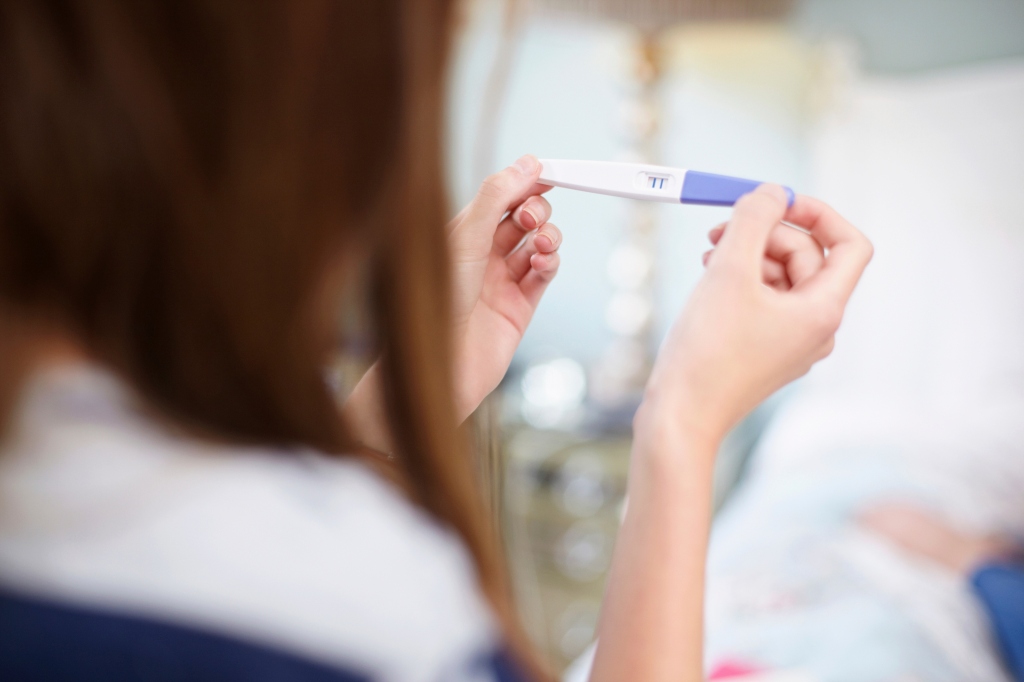If you’re a parent of a highschooler, you might breathe a sigh of relief right now. A new report by the CDC’s National Center for Health Statistics found that the rate of teen pregnancy and birth has dipped to historically low levels.
Teen pregnancy rates have been dropping since 1991, the report shows, and even fewer teens were giving birth than they were in 2021. The birth rate for teens ages 15-19 dropped by 3% in 2022 and is the lowest it’s been for this age group on record.
What are the theories behind this continued drop in teen pregnancy rates? Well, maybe teens have been that distracted on TikTok…that’s one idea.
All jokes aside, there might be some validity behind the TikTok theory. Despite some health misinformation on the platform, there is a wide range of valid reproductive health information available on TikTok from OB-GYNs — and with so many conversations on social media, more teens may be aware of birth control methods and emergency contraception. On the flip side of the coin, there may be more teens actively practicing abstinence, ABC News reported. It could also be that more teens are waiting until college or a more serious partner to be sexually active.
Regardless of the reason, this decline in birth rates is definitely a significant statistic for teens in the U.S., where 70% of female students are currently finishing high school and heading to college.

What is the average maternal age?
Birth rates were slightly lower across the board in the year 2022, with not just a drop in ages 15-19 but also a small decline in birth rates for ages 30-34, the CDC report states.
The average maternal age at birth is 27.3 in the U.S., per the most updated data from the CDC. One of the only age categories that increased in terms of number of births in 2022 was that 25-29 age group.
But there are still high birth rates in the 30-34 and 35-39 categories: 97 births per 1,000 birthing people and 54.9 births per 1,000 birthing people, respectively. Some of the people in their later thirties might be using IVF and other assisted reproductive technologies to get pregnant, and may even be doing so well into their forties, before the perimenopause years begin. Another CDC report shows that this is true: 23% of ART users were between ages 35 and 37, 20% were between 38 and 40, and still over 19% of people using reproductive technologies to get pregnant were over 40.
It’s proof that people are deliberately waiting longer until they feel they’re ready to become parents.
Source: Read Full Article

